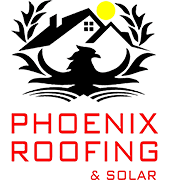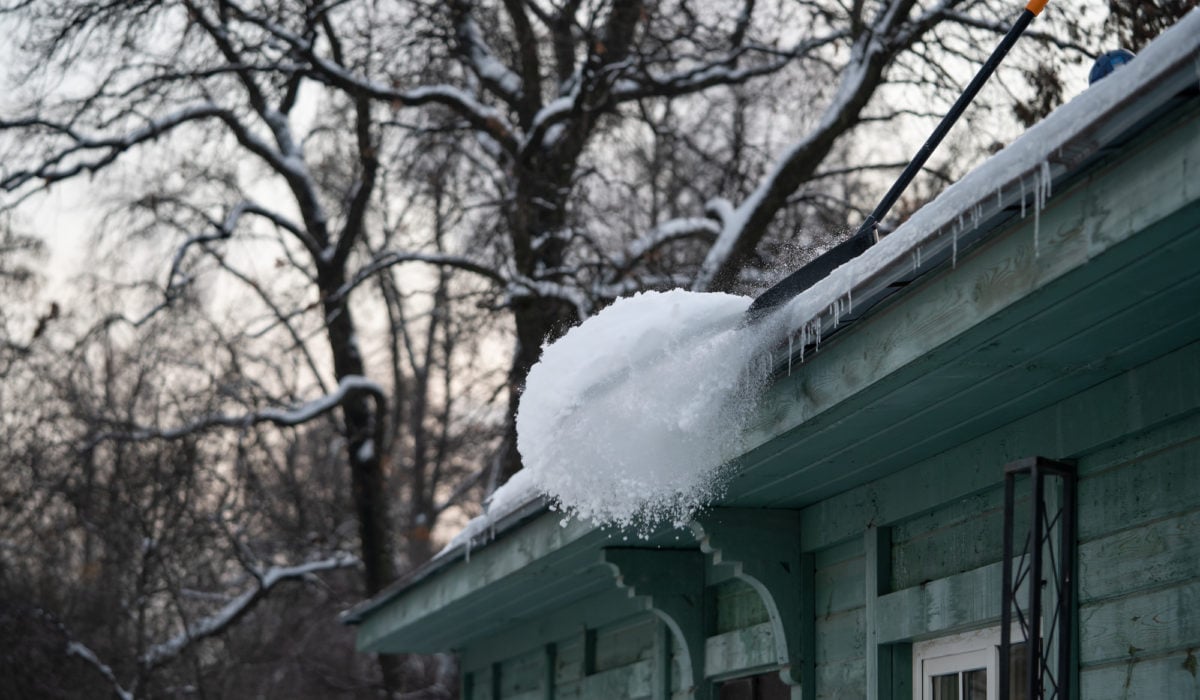- 0 Comment
Most Common Winter Roofing Problems
Winter is a season of picturesque snowfall, cozy evenings by the fire, and the holiday spirit in the air. But for homeowners, it also brings a unique set of challenges, especially when it comes to their roofs. As the temperature drops and snow accumulates, your roof becomes susceptible to a variety of issues that can lead to costly repairs if not addressed promptly. In this blog, we’ll explore the most common winter roofing problems and how you can prevent and mitigate them.
Ice Dams: One of the most notorious winter roofing problems is the formation of ice dams. Ice dams occur when snow on your roof melts, then refreezes at the eaves. This creates a barrier that prevents melting snow from draining off your roof, causing water to back up and potentially leak into your home. To prevent ice dams, ensure your attic is properly insulated and ventilated. This will help maintain a consistent roof temperature, preventing snow from melting and refreezing at the eaves.
Snow Accumulation: Heavy snowfall can put a significant load on your roof, potentially leading to structural damage or even collapse. To prevent this, consider using a roof rake to safely remove excess snow from your roof after each snowfall. Make sure to prioritize safety, and if you’re not comfortable doing it yourself, hire a professional.
Roof Leaks: Winter is a prime time for roof leaks to become apparent. The combination of freezing temperatures and the weight of snow and ice can compromise your roof’s integrity, leading to leaks. Inspect your roof regularly for any signs of damage, such as missing shingles, cracked flashing, or damaged seals around vents and chimneys. Address these issues promptly to prevent water from seeping into your home.
Condensation: Condensation can be a problem during the winter months, particularly in poorly ventilated attics. Warm air from your living spaces rises into the attic, where it can meet the cold underside of the roof and condense, leading to moisture-related issues like mold and rot. To combat condensation, ensure your attic is adequately insulated and ventilated to maintain a consistent temperature and reduce moisture buildup.
Gutter Issues: Your gutters play a crucial role in directing melting snow and ice away from your home. If they become clogged with leaves, ice, or debris, water can back up and overflow, potentially damaging your roof, siding, and foundation. Regularly clean and inspect your gutters to ensure they’re functioning correctly, and consider installing gutter guards to prevent debris buildup.
Roof Aging: Winter can be particularly harsh on older roofs that may have already experienced some wear and tear. Cold temperatures can cause roofing materials to become brittle and more susceptible to damage. If your roof is nearing the end of its lifespan, consider having it inspected by a professional to assess its condition and determine if it’s time for a replacement.
Wildlife Intrusion: As temperatures drop, wildlife such as squirrels, raccoons, and birds may seek shelter in your attic or roofing structure. They can cause damage by chewing through roofing materials, insulation, and electrical wiring. Inspect your attic for signs of wildlife intrusion and take measures to seal any potential entry points.
In conclusion, winter can be a beautiful but challenging season for your roof. To avoid the most common winter roofing problems, it’s essential to be proactive. Regular maintenance, proper insulation, and ventilation, as well as prompt repairs when issues arise, can help ensure your roof withstands the winter elements. Remember that safety should be a priority, so consider hiring professionals when necessary to keep your roof in top shape throughout the winter months. By taking these precautions, you can enjoy the beauty of winter without worrying about costly roofing problems.

